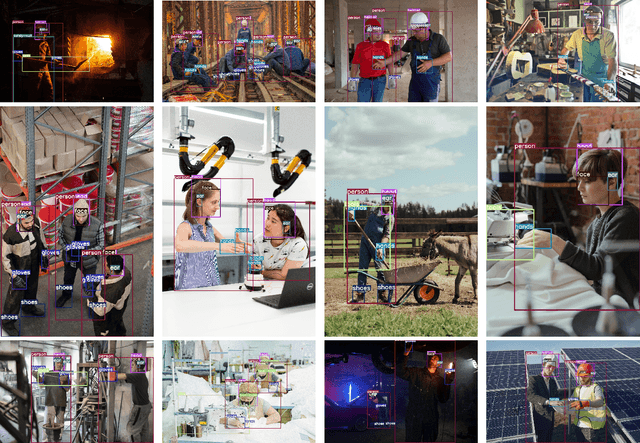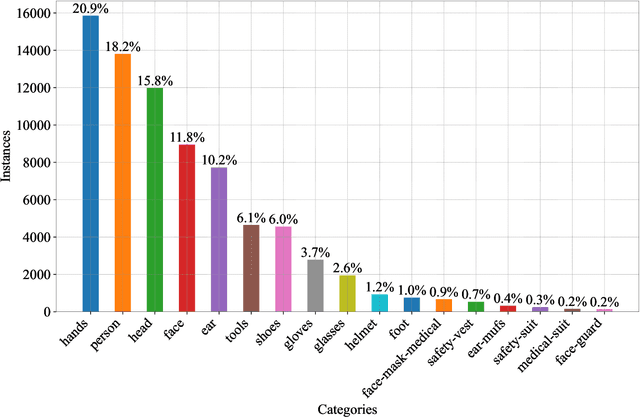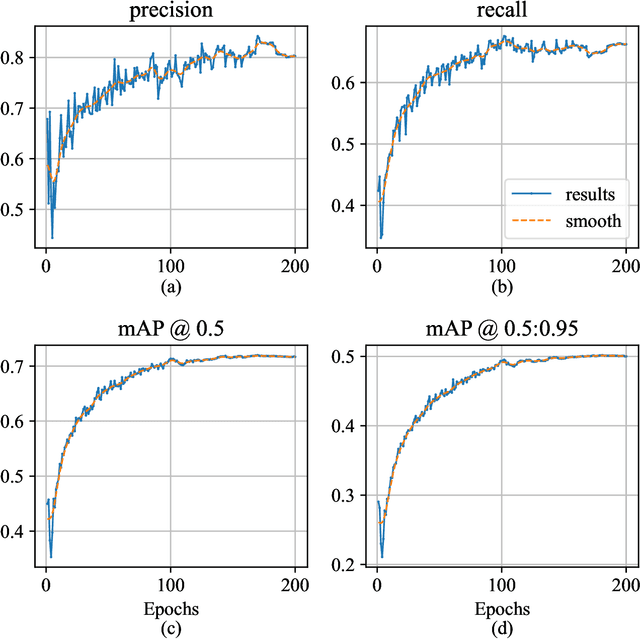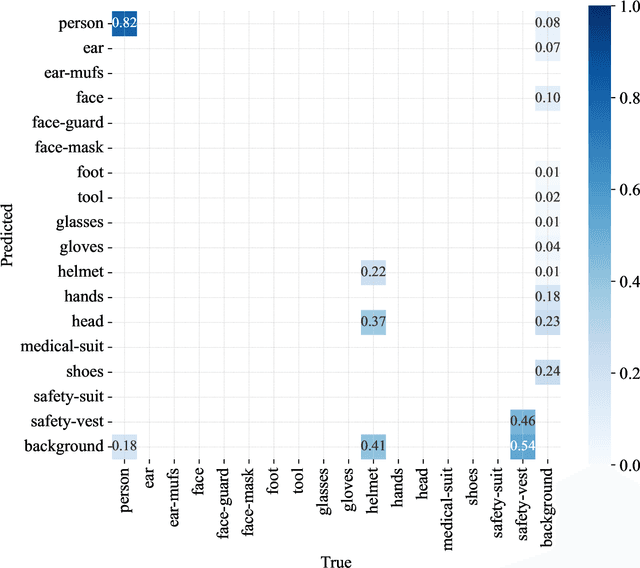Hafiz Mughees Ahmad
LayerMix: Enhanced Data Augmentation through Fractal Integration for Robust Deep Learning
Jan 08, 2025



Abstract:Deep learning models have demonstrated remarkable performance across various computer vision tasks, yet their vulnerability to distribution shifts remains a critical challenge. Despite sophisticated neural network architectures, existing models often struggle to maintain consistent performance when confronted with Out-of-Distribution (OOD) samples, including natural corruptions, adversarial perturbations, and anomalous patterns. We introduce LayerMix, an innovative data augmentation approach that systematically enhances model robustness through structured fractal-based image synthesis. By meticulously integrating structural complexity into training datasets, our method generates semantically consistent synthetic samples that significantly improve neural network generalization capabilities. Unlike traditional augmentation techniques that rely on random transformations, LayerMix employs a structured mixing pipeline that preserves original image semantics while introducing controlled variability. Extensive experiments across multiple benchmark datasets, including CIFAR-10, CIFAR-100, ImageNet-200, and ImageNet-1K demonstrate LayerMixs superior performance in classification accuracy and substantially enhances critical Machine Learning (ML) safety metrics, including resilience to natural image corruptions, robustness against adversarial attacks, improved model calibration and enhanced prediction consistency. LayerMix represents a significant advancement toward developing more reliable and adaptable artificial intelligence systems by addressing the fundamental challenges of deep learning generalization. The code is available at https://github.com/ahmadmughees/layermix.
SH17: A Dataset for Human Safety and Personal Protective Equipment Detection in Manufacturing Industry
Jul 05, 2024



Abstract:Workplace accidents continue to pose significant risks for human safety, particularly in industries such as construction and manufacturing, and the necessity for effective Personal Protective Equipment (PPE) compliance has become increasingly paramount. Our research focuses on the development of non-invasive techniques based on the Object Detection (OD) and Convolutional Neural Network (CNN) to detect and verify the proper use of various types of PPE such as helmets, safety glasses, masks, and protective clothing. This study proposes the SH17 Dataset, consisting of 8,099 annotated images containing 75,994 instances of 17 classes collected from diverse industrial environments, to train and validate the OD models. We have trained state-of-the-art OD models for benchmarking, and initial results demonstrate promising accuracy levels with You Only Look Once (YOLO)v9-e model variant exceeding 70.9% in PPE detection. The performance of the model validation on cross-domain datasets suggests that integrating these technologies can significantly improve safety management systems, providing a scalable and efficient solution for industries striving to meet human safety regulations and protect their workforce. The dataset is available at https://github.com/ahmadmughees/sh17dataset.
Capacity Constraint Analysis Using Object Detection for Smart Manufacturing
Jan 31, 2024Abstract:The increasing popularity of Deep Learning (DL) based Object Detection (OD) methods and their real-world applications have opened new venues in smart manufacturing. Traditional industries struck by capacity constraints after Coronavirus Disease (COVID-19) require non-invasive methods for in-depth operations' analysis to optimize and increase their revenue. In this study, we have initially developed a Convolutional Neural Network (CNN) based OD model to tackle this issue. This model is trained to accurately identify the presence of chairs and individuals on the production floor. The identified objects are then passed to the CNN based tracker, which tracks them throughout their life cycle in the workstation. The extracted meta-data is further processed through a novel framework for the capacity constraint analysis. We identified that the Station C is only 70.6% productive through 6 months. Additionally, the time spent at each station is recorded and aggregated for each object. This data proves helpful in conducting annual audits and effectively managing labor and material over time.
 Add to Chrome
Add to Chrome Add to Firefox
Add to Firefox Add to Edge
Add to Edge